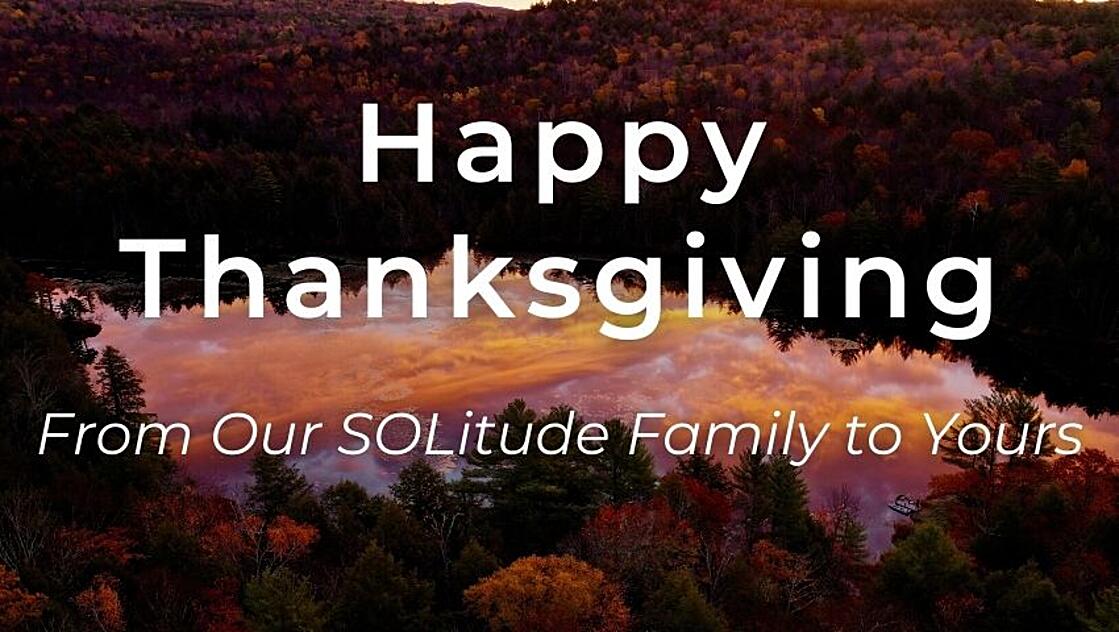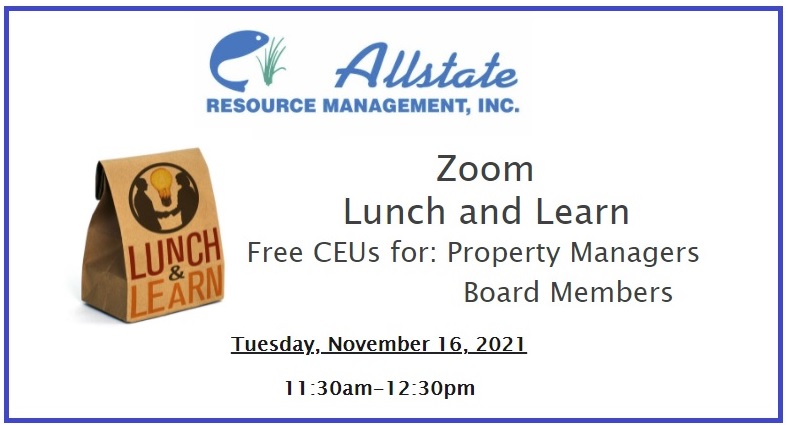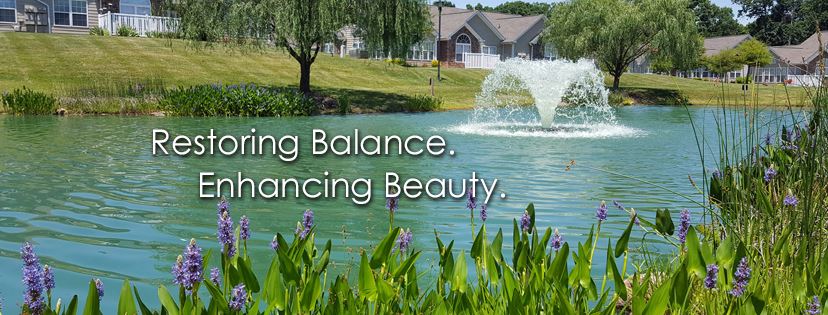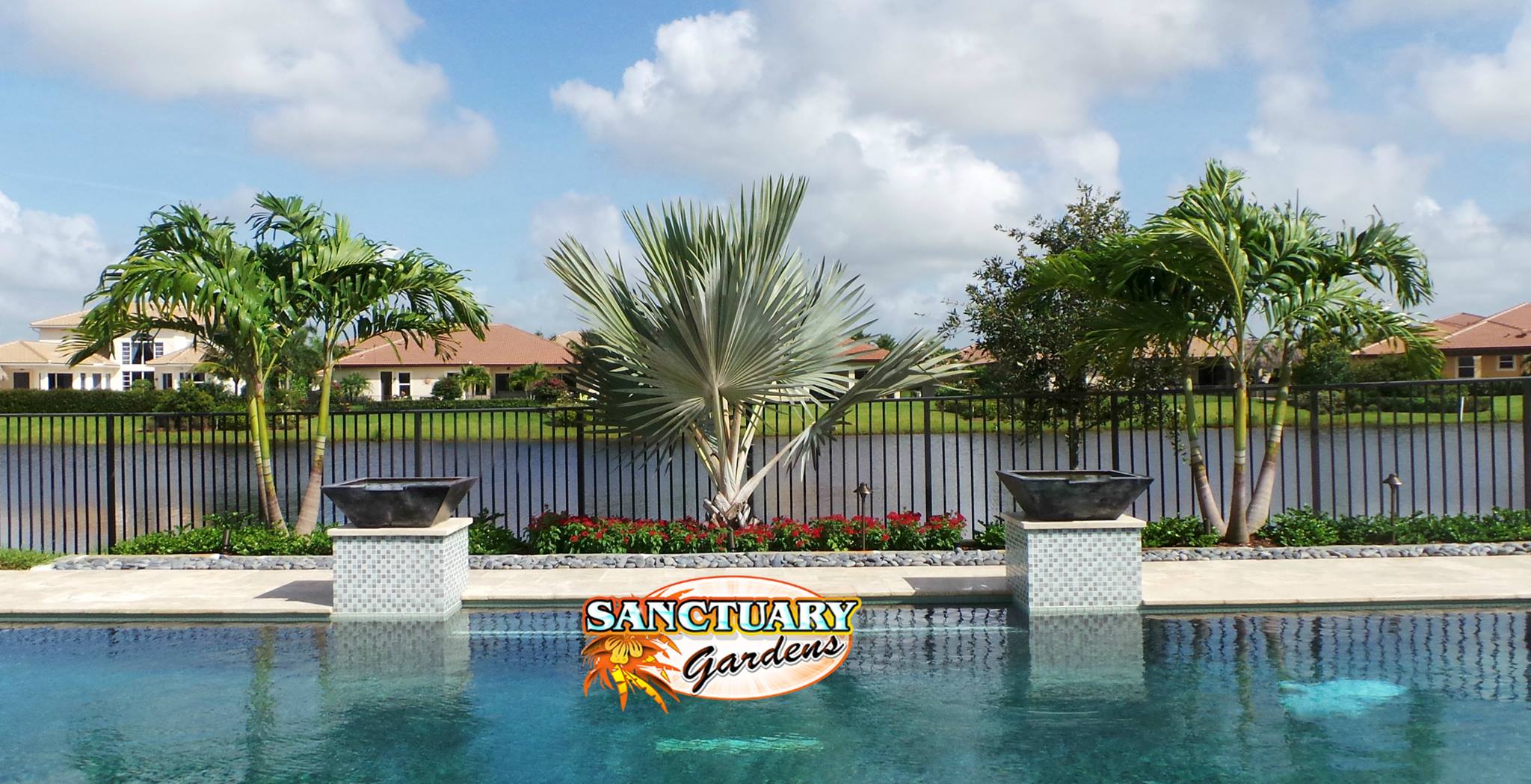With all the news about the Smash and Grab crimes in the news, We felt compelled to let you know the members in our Security and Surveillance helping Condo and HOA’s with Protection Services.
First of all it is the Safety of each and every Owner in our buildings that concerns us. Now days this should be the first thought for all Board Members.
Next should be How and Where you can find the best companies for this decision for protection of the property.
SFPMA provides a Directory of the Top Professionals for Condo and HOA’s in Florida.
This open Directory is avail for all to view, in budget season you should be looking for the right companies for your buildings and Owners within, Find and reach out for the services they offer you and your communities.
Below are a few of our Member Companies:
United Security, Inc
1.800.874.6434
 United Security Inc. (USI) provides contract security solutions and investigation services to a select group of vertical markets. For the past 29 years, USI has created safe, secure environments for commercial and government employees and customers by investing in our people, innovation and relationships. USI is committed to delivering:
United Security Inc. (USI) provides contract security solutions and investigation services to a select group of vertical markets. For the past 29 years, USI has created safe, secure environments for commercial and government employees and customers by investing in our people, innovation and relationships. USI is committed to delivering:
- Responsive management and security personnel
- Continuous quality improvement and training
- Consistent, client-focused service and performance
For the past 27 years, USI has created safe, secure environments for commercial and government employees and customers by investing in our people, innovation and relationships. As engaged, owner-operators, our investment begins with recruitment and screening to ensure we have the right people and continues through our policies and practices that enable USI to properly train and retain the best personnel.
ArchAngel Security
561-542-9263
Welcome to Archangel Security
 After years in parking compliance and towing services, we saw a real need for organized, reliable, and effective security services for residential and commercial property managers.
After years in parking compliance and towing services, we saw a real need for organized, reliable, and effective security services for residential and commercial property managers.
We keep costs low, services safe and simple, and always protect the property first. Our licensed and trained security monitors are ready to help you take and maintain control of your parking compliance and safety needs.
We are licensed in the state of Florida, LIC #B1400043 and insured.
FSW First Response Solution Inc
352-818-9499
Safety is Top Priority
 FSW First Response Solution Inc. serves residential, commercial, government, and industrial clients. Through our top-notch, 24-hour security services, we’ll ensure your safety and protection.
FSW First Response Solution Inc. serves residential, commercial, government, and industrial clients. Through our top-notch, 24-hour security services, we’ll ensure your safety and protection.
In this modern age, it is never wrong to be extra careful when it comes to hiring security. We should do all the things necessary to ensure our property and loved ones’ safety.
Hire our expert crew here at FSW First Response Solution Inc. We are a family-oriented organization that provides safety and security solutions to every household and establishment in Florida. Contact us to request for free quotes and estimates!
Here are other ways Buildings should look into for Security
All In One System – manage so many devices on you properties. you control access for owners and guests at your fingertips!
Smart Entry Systems
(626) 213-7557
 All In One System – manage so many devices on you properties. you control access for owners and guests at your fingertips!
All In One System – manage so many devices on you properties. you control access for owners and guests at your fingertips!
- Simple Installation, Wirelessly connects to the Internet using plain WiFi without the need to pay for land lines, POTS, VOIP, SIP, nor LTE.
- Surveillance Camera Integration, Pull images from other camera(s) mounted near by the entrance for a multi-directional view of the access w/ event in the entry log.
- Create temporary guest codes for pre-authorized visitors using the phone app.
- Conveniently manage your property with a browser from anywhere with Internet access.
- Accept deliveries from any shipper, residents can collect packages 24/7. Mix and match from 9, 6, or 4 door models to suit your community.
- Eliminate coins from communal washers, dryers, electric car charging stations, short term rentals of conference and party room
Smart Entry Systems
http://www.smartentrysystems.com/
(626) 213-7557
sales@smartentrysystems.com
iDENTYTECH Solutions America, Inc.
888 703-7150
 iDentyTech is a leading provider of intuitive Identity management products and solutions. Founded in 2010 IdentyTech™ provides its worldwide customers with best-in- class complete identity management solutions. We further offer custom engineered solutions for those customers requiring proprietary solutions. IdentyTech has field proven solutions for Corporate Enterprise, government and Financial services, healthcare, schools, Transportation, Small Medium businesses and many others.
iDentyTech is a leading provider of intuitive Identity management products and solutions. Founded in 2010 IdentyTech™ provides its worldwide customers with best-in- class complete identity management solutions. We further offer custom engineered solutions for those customers requiring proprietary solutions. IdentyTech has field proven solutions for Corporate Enterprise, government and Financial services, healthcare, schools, Transportation, Small Medium businesses and many others.
With over 15 years’ experience in the industry, our team will respond rapidly to your needs, no matter how complex or unique they are. Matched by business-focused, technical support, our response to your objectives has led to the highest levels of customer satisfaction in the industry. At the heart of the company, is a team of skilled developers, programmers and technical support staff, Along with sales, marketing and administration staff that are committed to providing our customers with unrivaled solutions, expertise, service and support.
Rodrigo Perez de Tudela
305-505-7132
rodrigo@identytech.com
Sales and Business Development Director
iDENTYTECH Solutions America, Inc.
FIND COMPANIES TO HELP YOU WITH YOUR BUDGETS RFP’S
If you are not a Listed Member Get listed today!
Tags: Condo and HOA, Security and Safety Articles


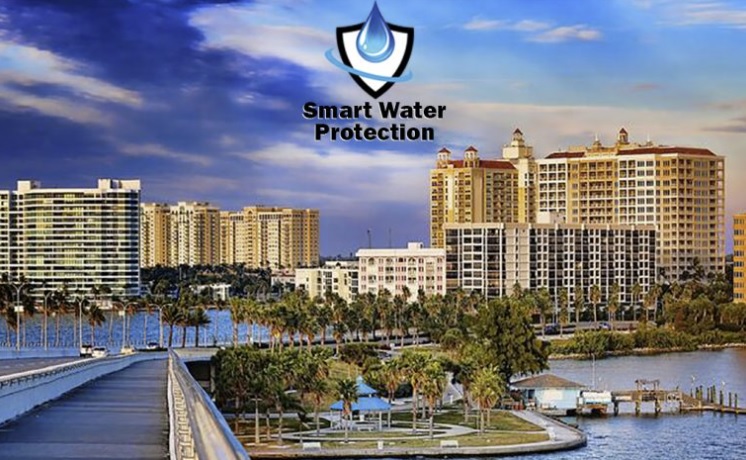
 From burst pipes to appliance leaks, to HVAC malfunctions and more, according to PURE’s claims data, water damage is the number one cause of loss among condo owners. In fact, more than 70% of condo claims reported to PURE have been the result of water damage. Although some instances are out of a condo owner’s control—like a toilet overflow originating from the unit above that allows water to leak through the ceiling to a PURE member’s condo below, or water backup from a building’s rooftop pool—the majority of claims can be prevented by taking proactive steps today to reduce the likelihood of water damage in the future.
From burst pipes to appliance leaks, to HVAC malfunctions and more, according to PURE’s claims data, water damage is the number one cause of loss among condo owners. In fact, more than 70% of condo claims reported to PURE have been the result of water damage. Although some instances are out of a condo owner’s control—like a toilet overflow originating from the unit above that allows water to leak through the ceiling to a PURE member’s condo below, or water backup from a building’s rooftop pool—the majority of claims can be prevented by taking proactive steps today to reduce the likelihood of water damage in the future. 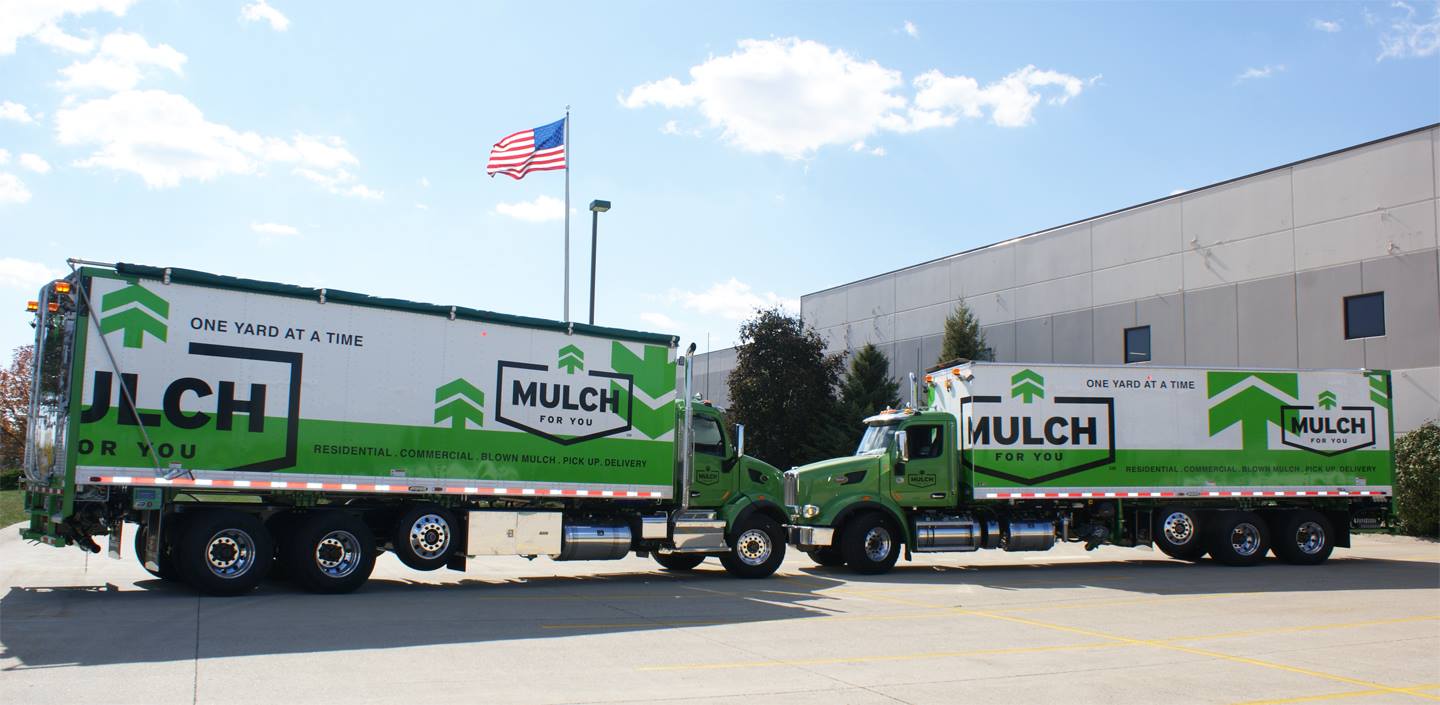
 Mulch for You
Mulch for You